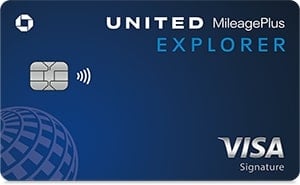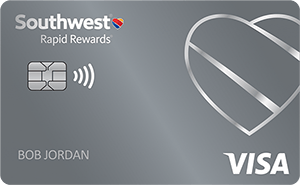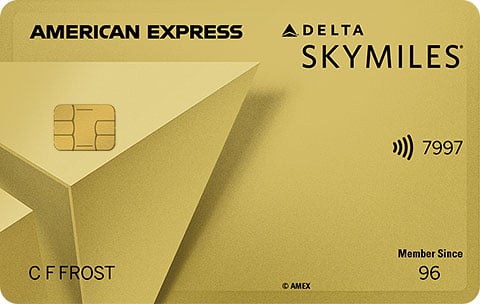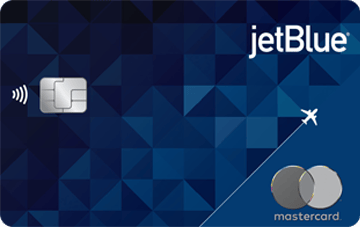Best Value Airline Rewards Programs in 2025
Alaska and JetBlue lead the way on the cash value of the miles you earn through flying.

Many or all of the products on this page are from partners who compensate us when you click to or take an action on their website, but this does not influence our evaluations or ratings. Our opinions are our own.
Nerdy takeaways
- Alaska Airlines offers the most rewarding domestic airline program, in terms of the value of points earned.
- Alaska still grants reward points based on the number of miles flown versus flight cost.
- Among the three big domestic airlines, American Airlines holds the edge.
Airline rewards programs are complicated. It might seem like you need a Ph.D. in complex systems (or at least fine-print reading) to understand them. But underneath the complex gobbledygook lies a simple pair of questions:
- How many points or miles do you earn per dollar spent on airfare?
- How much are those points or miles worth?
After all, that’s what an airline loyalty program is about: Rewarding frequent flyers with value (in this case, points or miles) that they can use for future trips.
With this in mind, we can determine which airlines deliver on this simple promise and which fall short.
To do this, our team at NerdWallet compared U.S. airlines’ rewards programs across these two factors to arrive at a single “rewards rate” for each. This rewards rate shows which airlines offer the best bang for your travel buck when purchasing airfare. For example, a rewards rate of 10% means that for every dollar you spend purchasing base fares with the airline, you can expect about 10 cents back in the form of rewards (redeemable points or miles).
This analysis doesn’t consider every aspect of an airline — such as in-flight entertainment or elite status programs — and simply looks at the base airfare cost. Optional add-ons such as seat selection fees, carry-on fees, checked bags, or in-flight food and beverage purchases were not a factor. It also gives us a new way to think about which airline provides the best loyalty program in 2025.
Win Private Travel 'AMA' ($250 value)
Get the ‘cheat codes’ to using travel points and miles so you can spend less cash. 📥 Sign up for our free newsletter before Jan. 4 and enter to win a 1:1 travel rewards coaching session.
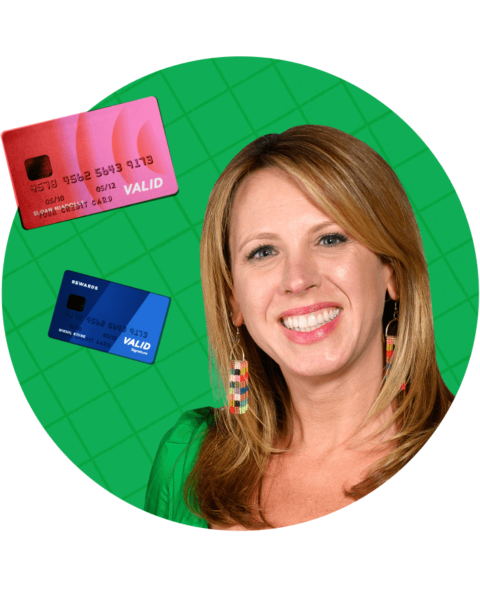
Which airline offers the best rewards rate?
To determine these rankings, we collected hundreds of data points from real-world airline routes to determine the value of points or miles for each airline. Then, we combined these results with the number of miles earned per dollar spent on base airfare.
Enough math. The point is that Alaska Airlines is still the most rewarding domestic airline program in 2025. You can expect to get an average of about 8 cents in value for every dollar spent with Alaska. That's far above the roughly 5 cents per dollar spent you can expect from Delta Air Lines and United Airlines.
Alaska’s performance is hardly surprising for rewards aficionados, as its Atmos Rewards program has a good reputation for customer-first policies.
» Learn more: The best airline elite status this year
What does this mean for you?
If you’re an infrequent traveler who takes a couple of trips per year and doesn’t bother much with earning airline miles, you can mostly ignore these rankings. They’re called frequent flyer programs for a reason.
If you travel a lot for work or are a leisure traveler who maximizes travel rewards, these rankings should make a big impact on where you put your loyalty. If you or your company spends $5,000 per year on airfare, you could earn back $395 worth of points from Alaska versus only $245 in miles from United, for example.
Choosing the right airline loyalty program for you will involve other factors, such as the number of flights from your home airport or your willingness to pay extra fees for additional services, but the rewards rate can help tip the scales.
What this means for your airline loyalty
Imagine choosing between two cash-back credit cards: One offered to refund 7.9% of every purchase and the other offered only 4.9% back. That, in a nutshell, is the difference between the best airline and the lowest rewards rate airline program when comparing their rates on base airfare costs.
Keep in mind that miles are not cash, and the hypothetical return on spending with any of these programs depends on one crucial variable: whether you actually use the miles. Still, the differences are stark.
Cards for earning airline miles
Annual fee
$0 intro for the first year, then $150.
$99.
$0 intro for the first year, then $150.
$99.
Earning rates
• 5 miles per $1 on prepaid hotels booked through United.
• 2 miles per $1 on United purchases.
• 2 miles per $1 at restaurants and hotels (when booked directly with hotel).
• 1 mile per $1 on all other purchases.
• 2 points per $1 on Southwest purchases.
• 2 points per $1 at gas stations and grocery stores on the first $5,000 in combined purchases per anniversary year.
• 1 point per $1 on all other purchases.
• 2 miles per $1 on purchases made directly with Delta and at U.S. supermarkets and restaurants worldwide (including takeout and delivery in the U.S.).
• 1 mile per $1 on all other eligible purchases.
Terms apply.
• 6 points per $1 with JetBlue.
• 2 points per $1 at restaurants and grocery stores.
• 1 point per $1 on other purchases.
• 1 Mosaic tile per $1,000 spent.
Still not sure?
Terms apply.
If you choose to become loyal to one of the big three domestic airlines, the good news is that they all offer similar, middling rewards rates.
These rankings are a good indication of which airlines are dedicated to offering value to their most frequent customers and which are throwing up smoke and mirrors. The fact that it took us weeks of data collection and analysis to determine these figures demonstrates how opaque the travel rewards game can be. Hopefully, this offers some clarity.
To view rates and fees of the Delta SkyMiles® Gold American Express Card, see this page.
How to maximize your rewards
You want a travel credit card that prioritizes what’s important to you. Here are some of the best travel credit cards of 2026:
- Flexibility, point transfers and a large bonus: Chase Sapphire Preferred® Card
- No annual fee: Wells Fargo Autograph® Card
- Flat-rate travel rewards: Capital One Venture Rewards Credit Card
- Bonus travel rewards and high-end perks: Chase Sapphire Reserve®
- Luxury perks: American Express Platinum Card®
- Business travelers: Ink Business Preferred® Credit Card
Article sources
NerdWallet writers are subject matter authorities who use primary,
trustworthy sources to inform their work, including peer-reviewed
studies, government websites, academic research and interviews with
industry experts. All content is fact-checked for accuracy, timeliness
and relevance. You can learn more about NerdWallet's high
standards for journalism by reading our
editorial guidelines.
More like this
Related articles


